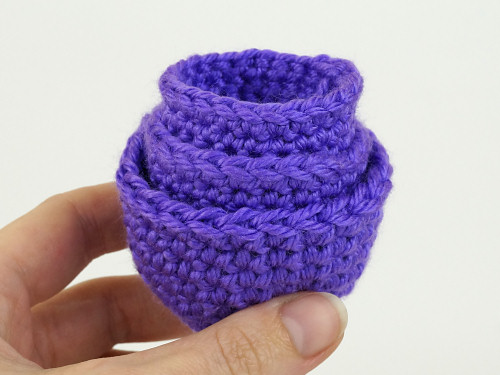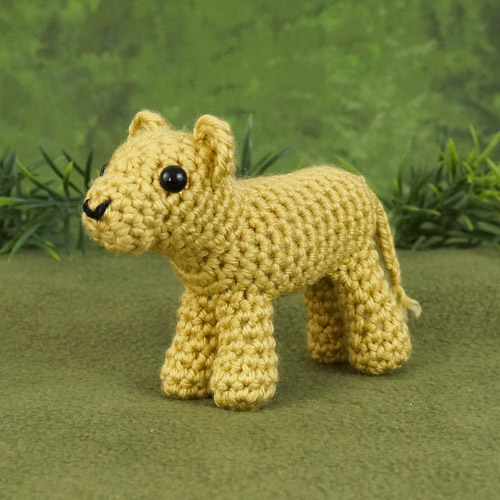
Link easily to this page in your patterns: www.planetjune.com/stitchtension Today, I’d like to dispel a common amigurumi myth… In amigurumi, as with all crochet, you should always be keeping tension on the yarn to keep your stitches compact and regular. But I often hear misinformation that you should be ‘crocheting tightly’ to make amigurumi, and […]



















